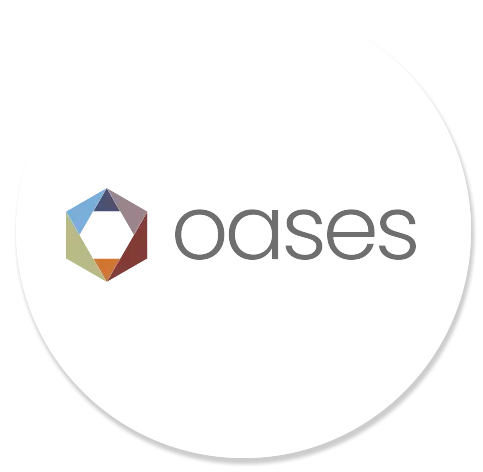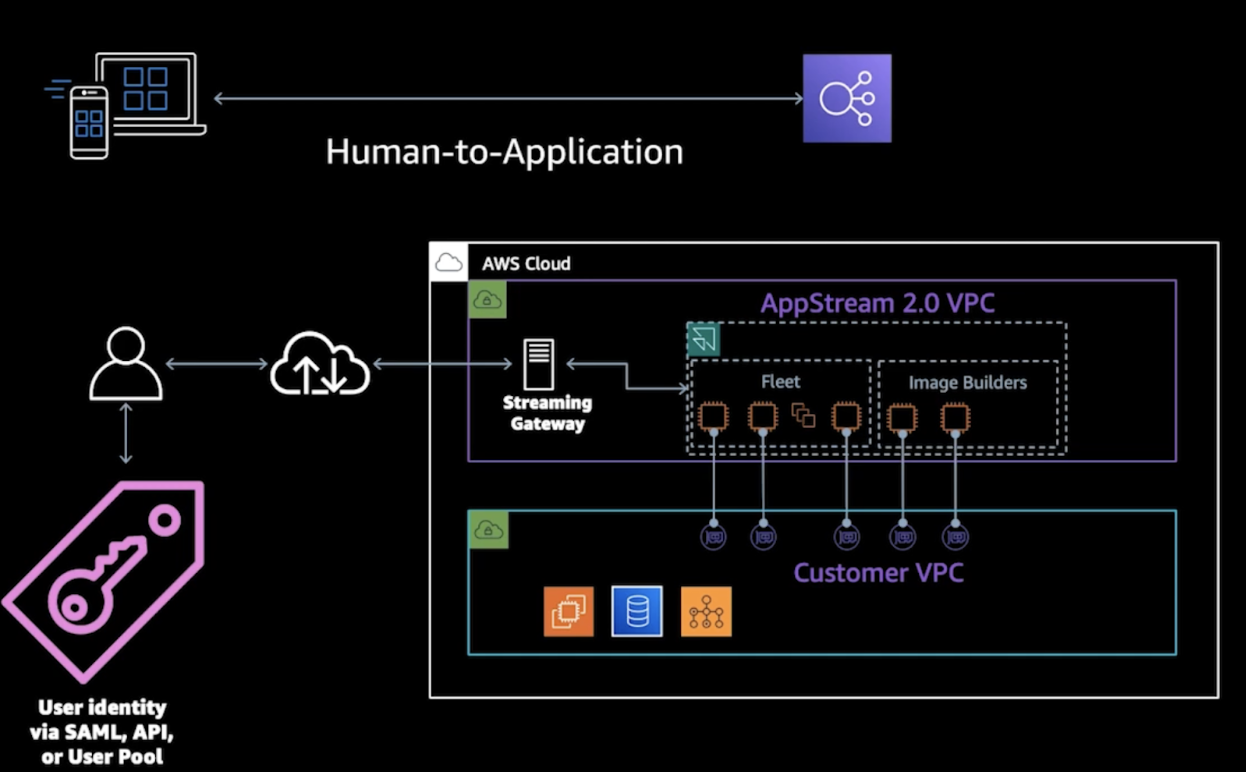Challenge
OASES aviation created software for the aero industry that enables airlines, fixed-wing, rotary operators, MROs, and CAMOs to see things clearly and do things smartly.
The existing application is a Java swing desktop application as a client, which Oracle as a database.

Oases desktop applications also communicate with microservices. In this architecture, keycloak is used for authentication and access management, and also the Api Gateway handles requests from clients and distributes them to the microservices. They use the eureka server for Service Discovery. Microservices was developed with Spring Boot. Microservices use an Oracle database.


